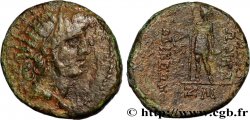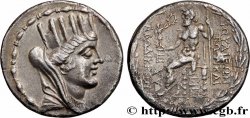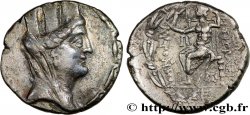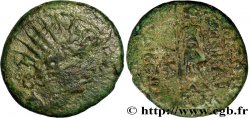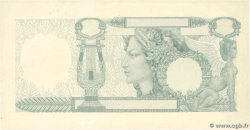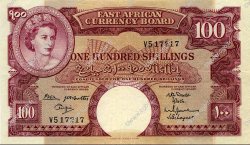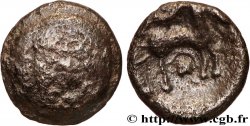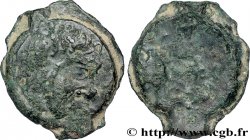Live auction - bgr_267435 - SIRIA - SELEUCIA E PIERIA - LAODICEA Tétradrachme stéphanophore
Devi Sign-in ed essere un offerente approvato fare un'offerta, Login per fare offerte. Conti sono soggetti ad approvazione e di approvazione sono raggiunti entro 48 ore. Non aspettare fino al giorno di una vendita si chiude per registrarti.Confermando la tua offerta su questo oggetto ti impegni ad un contratto legalmente vincolante per l'acquisto di questo prodotto e fare clic su «offerta» costituisce accettazione dei termini di utilizzo de live auctions cgb.fr.
Offerta deve essere collocato in euro gli importi interi vendita only.The si chiuderà al momento sulla descrizione dell'oggetto, eventuali offerte pervenute al sito dopo l'orario di chiusura non verranno eseguite. Volte transmition possono variare e le offerte potrebbero essere respinto se si attende per gli ultimi secondi. Per ulteriori informazioni ckeck le FAQ Live auction.
Le offerte vincenti saranno sottomesse ai 18% per spese di compartecipazione alla vendita.
Le offerte vincenti saranno sottomesse ai 18% per spese di compartecipazione alla vendita.
| Valutazione : | 950 € |
| Prezzo : | 741 € |
| Offerta maxima : | 806 € |
| Data di fine vendita : | 19 aprile 2016 14:19:55 |
| partecipanti : | 2 partecipanti |
Tipo : Tétradrachme stéphanophore
Data: An 19
Nome della officina / città: Laodicée, Syrie
Metallo : argento
Diametro : 25,50 mm
Asse di coniazione : 12 h.
Peso : 14,81 g.
Grado di rarità : R3
Commenti sullo stato di conservazione:
Exemplaire sur un petit flan bien centré des deux côtés un peu court sur les couronnes. Très beau portrait, bien venu à la frappe, de haut relief. Joli revers avec un Zeus équilibré de haut relief, de style fin, bien venu à la frappe. Très belle patine de collection ancienne avec des reflets mordorés. Patine légèrement granuleuse
N° nelle opere di riferimento :
Pedigree :
Cet exemplaire provient du stock de Roland Barthold, août 1985 et de MONNAIES 51, n° 249
Diritto
Titolatura diritto : ANÉPIGRAPHE.
Descrittivo diritto : Buste de Tyché à droite, tourelé, voilé et drapé, entouré de la stemma.
Rovescio
Descrittivo rovescio : Zeus nicéphore trônant à gauche, tenant une Niké de la main droite et un sceptre long de la gauche ; le tout dans une couronne de laurier.
Legenda rovescio : LAODIKEWN/ THS IERAS KAI/ AUTONOMOU/ QI/HI/ (PAU)/ KA
Traduzione rovescio : (de Laodicée, la sainte et autonome).
Commento
Même coin de droit que l’exemplaire du Cabinet des médailles de Bruxelles (collection de Hirsch 1730) pour l’an 18 (64-63 avant J.-C.) (Morkholm, 11a, pl. 15/16) avec un début de cassure de coin perceptible dans la couronne murale de Tyché au droit et une marque bien particulière sur la joue. Le coin de droit se détériore progressivement par réemploi successif plusieurs années de suite. Cette date était inédite et manquait à l’article de Morkholm. De plus l’an 19 est regravé avec le thêta refait sur l’heta (9 sur 8). Nous avons un exemplaire de l’an 17, 18 et 20 de même coin de droit que notre exemplaire (Morkholm 10a, 11a et 12, pl. 15, n° 15, 16 et 17). Ce type est maintenant signalé dans l’ouvrage de Hoover.
Same obverse die as the example from the Cabinet of Medals of Brussels (Hirsch collection 1730) for the year 18 (64-63 BC) (Morkholm, 11a, pl. 15/16) with the beginning of a die break visible in the mural crown of Tyche on the obverse and a very particular mark on the cheek. The obverse die gradually deteriorates through successive reuse over several years. This date was unpublished and was missing from the Morkholm article. In addition, the year 19 is re-engraved with the theta redone on the heta (9 out of 8). We have a example from the year 17, 18 and 20 with the same obverse die as our example (Morkholm 10a, 11a and 12, pl. 15, nos. 15, 16 and 17). This type is now noted in Hoover's work
Same obverse die as the example from the Cabinet of Medals of Brussels (Hirsch collection 1730) for the year 18 (64-63 BC) (Morkholm, 11a, pl. 15/16) with the beginning of a die break visible in the mural crown of Tyche on the obverse and a very particular mark on the cheek. The obverse die gradually deteriorates through successive reuse over several years. This date was unpublished and was missing from the Morkholm article. In addition, the year 19 is re-engraved with the theta redone on the heta (9 out of 8). We have a example from the year 17, 18 and 20 with the same obverse die as our example (Morkholm 10a, 11a and 12, pl. 15, nos. 15, 16 and 17). This type is now noted in Hoover's work







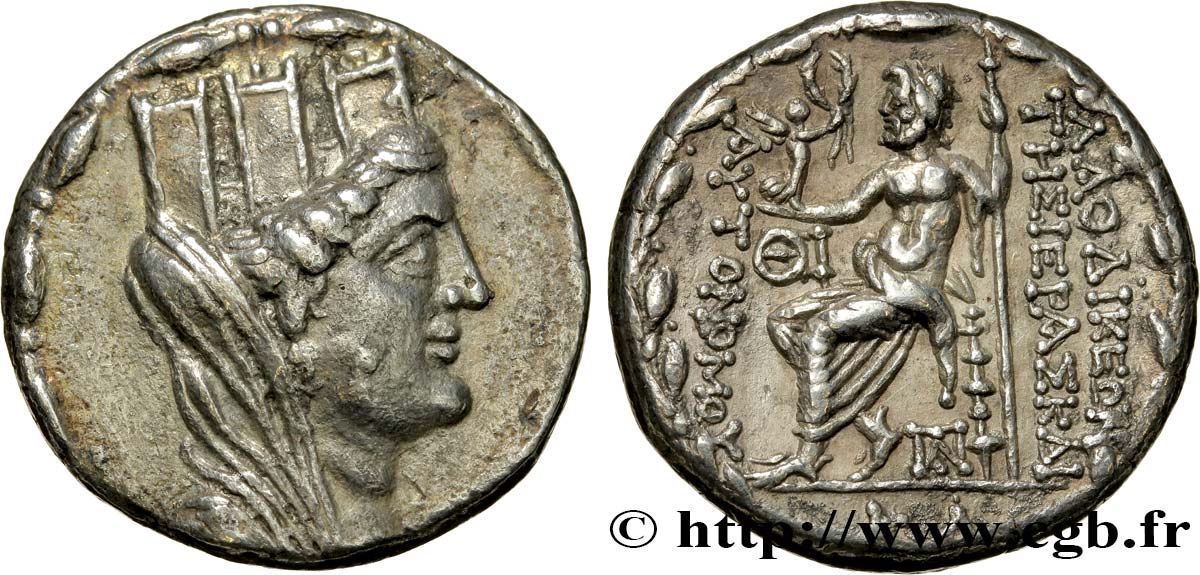
 Segnalare un errore
Segnalare un errore Stampate la pagina
Stampate la pagina Condividi mia selezione
Condividi mia selezione Fai una domanda
Fai una domanda Consegnare / vendere
Consegnare / vendere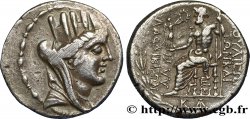
 Descrittivo
Descrittivo
